Arny Freytag is a very talented Playboy photographer based in Los Angeles, California. He knows how to bring out the best in people and his images are outstanding. It is not a surprise that he currently holds the record for the most Centerfolds shot and is under contract with Playboy Enterprises.
In addition to being able to create amazing images using amateur models, he is also well-known for his stunning photos of many celebrities, including Carmen Electra, Pamela Anderson, Anna Nicole Smith, Brooke Burke, Jaime Presley, Eddie Izzard, Shemar Moore, and many others.
Freytag has also appeared on many television shows, such as The Girls Next Door, Good Day LA, Extra, Access Hollywood, Entertainment Tonight, Inside Edition, and many more.
Currently, he is focused on helping glamour photographers step up their game by being one of the elite photographers who created Shoot The Centerfold. Shoot The Centerfold is where Arny Freytag joined forces with Jarmo Pohjaniemi, Byron Newman, and Ric Moore, all of whom are very successful and highly respected photographers.
I am honoured to share this interview with you all, and I hope you enjoy it as much as I did.
AVIVA: Have you always wanted to be a photographer or did you have other career aspirations when you were younger?
ARNY FREYTAG: No, I started out as an Art Major first and then I stumbled into photography. I’ve been doing art since I was 5 years old and my mother was an artist. I realized I was much better at photography than I was at art.
AVIVA: And how did you stumble into photography? Did you have someone introduce you to it, or did you just one day pick up a camera and try it?
AF: I had to take a minor subject in art school, and I didn’t want to do pottery or sculpture, and photography was another option that was offered. So I thought, “OK, I will try it.” Then, I just fell in love with it immediately. I became a teacher assistant for the first six months, and really fell in love with it. After that, my art sort of faded into the background. Because I studied art for so long, I have a good understanding of light, composition, and shadows that a lot of guys don’t know unless they studied art.
Unless you studied art, you don’t know how light created texture, and shape, and form. I believe my understanding of light made a drastic difference in my career. Once you understand it, you can create the images you want.
AVIVA: I believe that this really is the difference between someone who knows what they are doing and someone who doesn’t.
AF: It very much is. That’s very true. I think what’s happening now, while I do a lot of seminars, is I see so much reliance on Photoshop that the art form is truly going away. There are not a lot of people out there that really know light and composition because those things can be fixed on the computer now; it becomes almost like a cartoon more than anything else.
AVIVA: I see that. Now would you say that magazines prefer more of a natural look as opposed to the “over-retouched” look?
AF: Yeah, I think they came full circle around for a couple of reasons. All the modeling agencies have what they call “Polaroids” and when you click on that you see the girls without make-up and without Photoshop, and that’s the real person you are getting. You are not getting the one that is Photoshopped and retouched to death so the agencies don’t want to fool the photographer into thinking that the girl looks one way when she looks nothing like that. So that’s why the untouched photos are provided. I think a lot of magazines are starting to do that because there was a huge lawsuit in England against Lancome where they lost millions of dollars on an ad campaign where they were selling an anti-wrinkle cream and it was all Photoshopped. The government then said, “That’s false advertising, the cream didn’t do it-your retouchers did”. If you Photoshop the wrinkles out, the cream didn’t do it-the computer did it.
So I think you will start seeing more truth in advertising because you can get sued for false advertising.
The other thing is, National Geographic does not do retouching at all. They got caught once on a cover and say that they will never do it again.
So, I am all for not retouching. Most of my work is not retouched. I don’t use body make-up either.
We got to shoot centerfolds with an 8 by 10 box camera.
AVIVA: Could you explain what an 8 by 10 camera is?
AF: It’s a camera that has been around the longest. It is nothing more than a box with a lens on one side and a place where you put your film on the other side. The film is 8 by 10 inches. It’s a camera they used in the civil war; it’s a big box camera. We don’t use it anymore, but we shot centerfolds with that for 30 years because it provided us with the best image quality possible and there was nothing better than that. Now it’s digital, but in film days that was the best we had. They were never designed for people because you can’t move at all, and if a person moves even a quarter inch the image will be out of focus. So it was a very difficult camera to operate, but the quality was unbelievable. We spent days lighting, and posing, and working on wardrobe to make the image flawless because we didn’t have Photoshop; it didn’t exist. We had to get a perfect image and we did it in camera.
Photoshop) but myself, I don’t retouch my pictures at all. They retouch some of the covers once in a while, but really what you see is what you get with me. The other guys, I can’t speak for.
AVIVA: That’s amazing because there are people who say “if you can’t work in Photoshop, then you won’t succeed as a photographer”, but then there is you and you are living proof that they are wrong.
AF: I believe in pure photography. I don’t like Photoshop.
AVIVA: How did you feel about having Ken Marcus as a mentor?
AF: He is an incredibly good teacher. He is the most open and honest person I have ever met. He is never afraid to share secrets. Ken is very detailed and without him I would have never entered Playboy. I would have never got to where I am without Ken.
Ken is meticulous about detail.
AVIVA: Would you say that he is one of the best you ever met?
AF: As my mentor he made a huge difference in my career. I learned lighting and posing from Ken, which you can’t learn in school. No one really teaches posing in school, especially the type of posing needed for glamour and centerfold photography.
He is still a very good friend of mine.
AVIVA: What personal achievement are you most proud of?
AF: There are a few things. One is having the most centerfolds ever published and I did a pictorial of an Olympian years ago. We had I think 8 or 9 Olympians and they said that they wanted me to do a coffee table type book, like an art book. They said, “Don’t think Playboy, think outside the box”. They just gave me the crew and sent me off. It was so nice to have the freedom and not have to please the editor.
AVIVA: What piece of advice could you give to a photographer who aspires to shoot for Playboy?
AF: I think the main thing is try to shoot in their style but do not copy me. You know, they already have me, but they do work within a parameter, so shoot that style without copying me. Do something unique and different but not too far from what they have.
AVIVA: Good to know. I guess the other thing is “don’t give up and just keep submitting”?
AF: I’m not going to say that because usually you get one shot at this. The editor will look at your work and decide if they want to use you or not but he is not going to change his mind next month.
Going back to the Olympians…Christie Hefner actually sent me a letter saying “Thank you for taking Playboy to an entirely different level”. The New York Times also had an article about me where they said “Wow, Playboy is now shooting Olympians”, but then after that they said that Freytag took it to an entirely different level. It was very classy, and different from the Playboy look. Christie also really appreciated it.

AVIVA: What do you feel is the most critical success factor in a glamour model?
AF: I think the desire and the drive to make it happen but also the look (the face and the figure) are important. Obviously, that’s what you are selling, that’s your instrument. What I see is that girls who want to be a Pam Anderson or Carmen Electra don’t put the effort into making it happen. They just want to stand in front of the camera and say, “Well, make me a star”. It takes work and practice. You have to practice your facial expressions, your body positions, know your face, know your body, know your angles. Women like Pam and Carmen study and practice in front of the mirror constantly. They know exactly what works and what doesn’t work. When they come to a shoot, they can contribute because they know what works and what doesn’t. When you shoot a girl like that or a fashion model, you just turn the camera on and walk away. Once the lighting is done, you can just walk away because they move on their own. However, glamour models and Playmates, some of whom have never posed before, they are complete amateurs.
Did you know that?
AVIVA: No, not particularly. I didn’t expect to hear that, actually, they are mostly amateurs. So, usually they are first time posers?
AF: Yes. It’s their first time posing, and they are nude. There’s a lot of pressure and nerves. It’s pretty intense because here they are: their one chance at Playboy, they are at a studio in Los Angeles, they are staying at the mansion, they meet Hef, and the next thing they know they are in the studio with me and my crew, and it’s very intimidating. It’s quite an eye-opening experience. I mean it’s up to me to get the girls to move, do the expressions, and make them look sexy and all that, but I do tell them to go home and learn their face and their body by looking in the mirror and seeing what works. A lot of times they don’t. What I see with a lot of these amateur glamour types is that they don’t try enough. They think, “Oh, I’m a pretty girl I will just stand there and look great”, but that’s not enough. You have to contribute to the party. Don’t come to a photoshoot without ever practicing. You need to know what works with your face, your expressions, your smile, your body shape.
AVIVA: What do you personally look for in a model for any of your workshops?
AF: Well, the models at my workshops are basically Playmates. I have worked with them so I know them pretty well, and I know what works and what doesn’t work when I shoot with them. As far as the other models, I like to work with someone that wants to be there, not a girl who just wants attention, but a girl who wants to look her best. I am looking for someone who practices, who knows her body, and her face, and who really wants to contribute to the shoot.
AVIVA: Do you think that there is only one body type that is suitable for glamour modeling or are there various ones?
AF: I work with all different kinds of body types. I’m not really a big boob or small boob guy, and I don’t really care about that. It’s really the face I look at first. You have to have a great face and the body comes second.
AVIVA: I think that the first thing people look at when they look at the picture is the face. Then, if the face is not good, then they are not going to look at anything else. Is that correct?
AF: I think so too. Yeah, I agree.
AVIVA: Do you pre-visualize your photos or do you put the components together as you go?
AF: I absolutely pre-visualize everything. I don’t like surprises and I don’t hope that something is going to happen because it won’t, unless you set it up. There are many people who go out, trying to make “magic happen” but they don’t know what they are doing. Magic won’t happen unless you set the stage for it. You have to create it. By pre-visualizing, you set that up and you set the stage for success. I always have an idea before I go into the studio.
AVIVA: When you have an idea, do you also have plans for make-up and wardrobe as well?
AF: Yeah, we all have a meeting about everything before we go to a shoot. We plan all that stuff way ahead of time. You can’t just go to a shoot hoping that something good will happen.
AVIVA: Which photographers inspire(d) you and why?
AF: Well, I’ve been at this a long time so they are much older. Victor Skrebneski from Chicago. He does really dramatic lighting and his pictures are very sensual. I really like the dramatic look.
Richard Avedon is another one. He had an incredible sense of style and movement. He also had a fantastic ability to project a person’s personality in a photograph. His portraits weren’t just portraits, they were statements about the person. Another guy is David Hamilton. He is an English photographer and he was the guy who invented soft focus. David has a romantic, dream-like kind of quality about his images, which I think is very pleasant.
AVIVA: Could you tell me more about Shoot the Centerfold for those readers who may not have heard of it?
AF: It’s an educational based website where we are trying to teach very specific techniques for achieving the Playboy look and glamour photography. We host seminars, workshops, and we have DVDs coming out soon, and we also have posing guides to help people learn poses.
AVIVA: Great. Are any of them going to be online for people to look at?
AF: Yes, the posing guides are available now, and the DVDs will be available shortly.
It’s a very unique field because the models that I use haven’t posed before, so they need help on how to pose their body, as well as what to do with their legs and arms. When I’m on set, I generally have to tell the girls “do this with your left arm, do that with your right arm, move your legs this way, etc”. I’m very specific about what I want and a lot of them just don’t know. Many amateur models don’t know what to do with their hands, and wrong hand position can make you look awkward.
AVIVA: Do you have any additional comments?
AF: You have to have your heart and soul into this. You can’t go into this half-heartedly. It’s not a part time job. You have to have passion.
AVIVA: Would you say that that’s true for both models and photographers?
AF: Absolutely. I think it’s true for anything you do in life. Every successful person has reached their level of success because of passion. It’s not a job where you work 9-5 then go home and eat pizza and watch TV.
I feel very very fortunate to be able to do what I am passionate about.
______________________________________________________________________________
And I feel very fortunate to be able to interview such amazing and talented people like Arny Freytag. In case you missed it in the introduction, here is his WEBSITE.
(I recently read an interview with Arny by Digial Photo Pro, and it appears like we did the interview around the same time.)
I wish Arny continuous success in his career, and I am sure that we will all see many more Playboy covers and pictorials from him.
Aviva 🙂
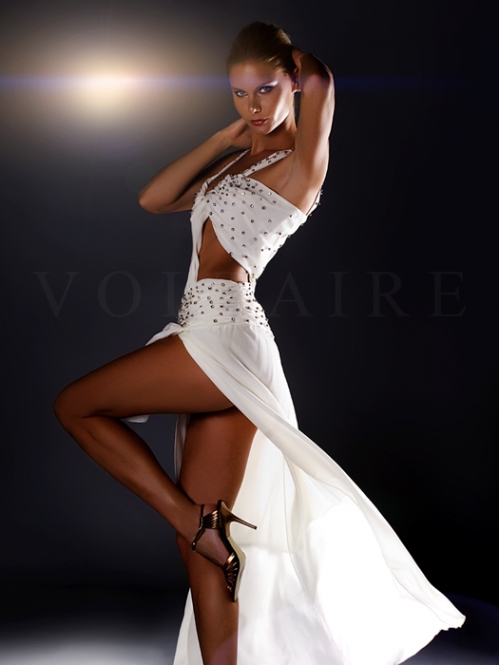
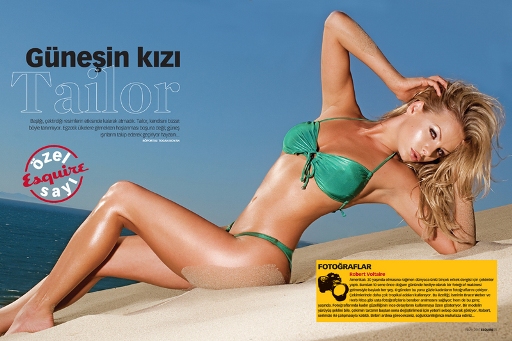
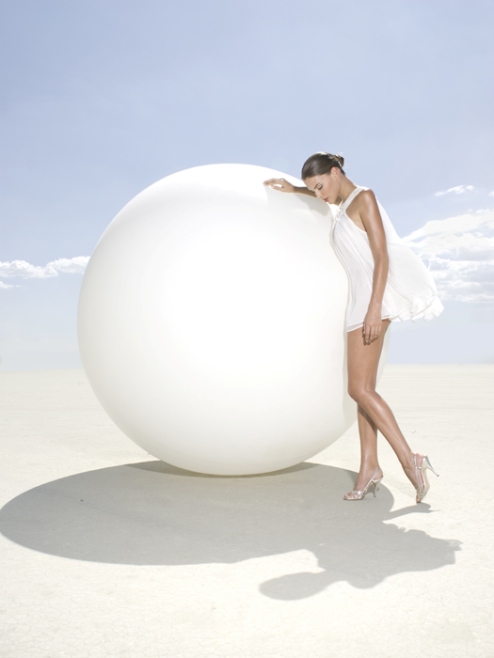
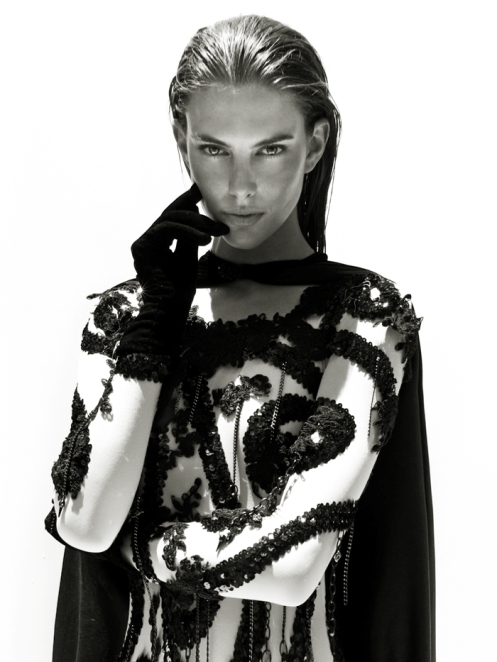
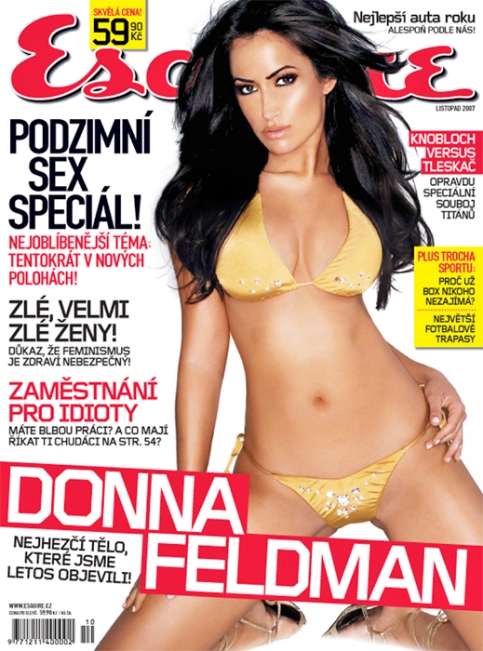
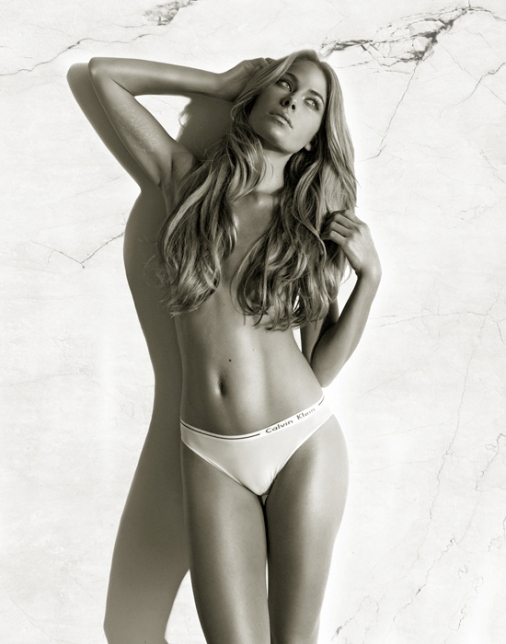
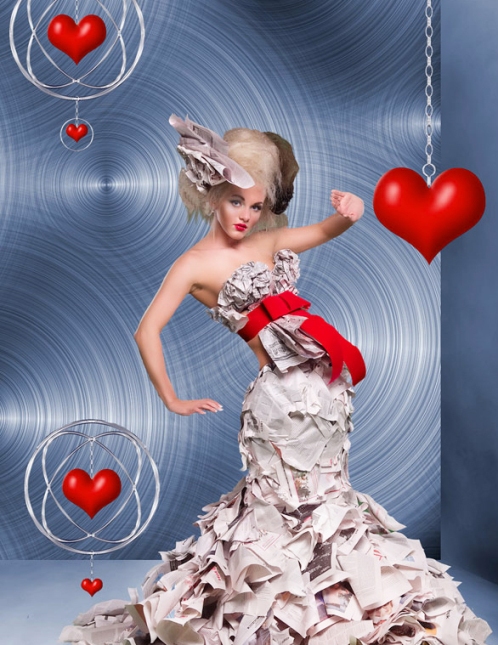
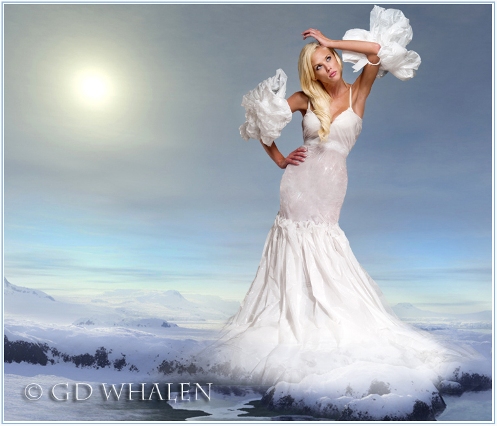
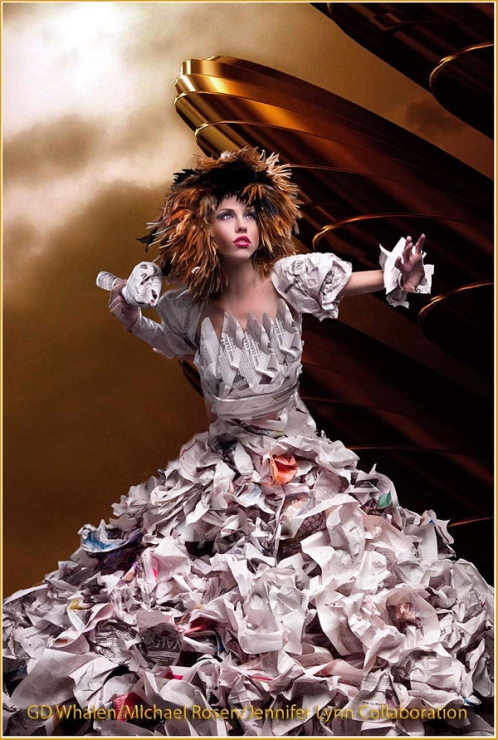
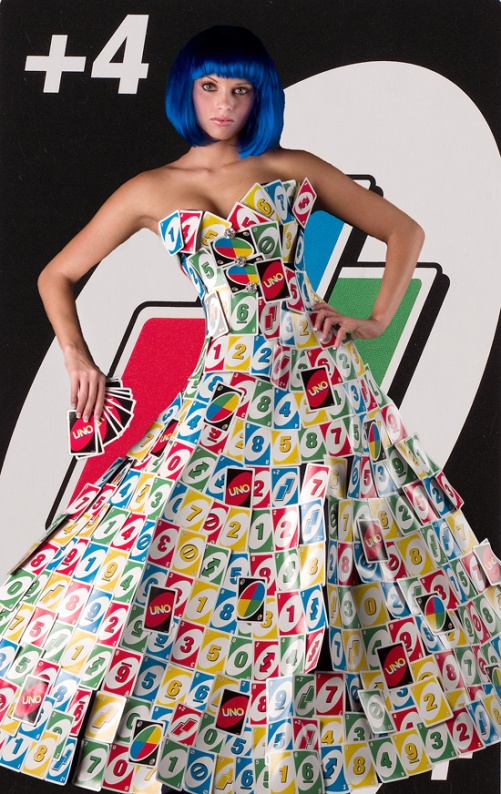
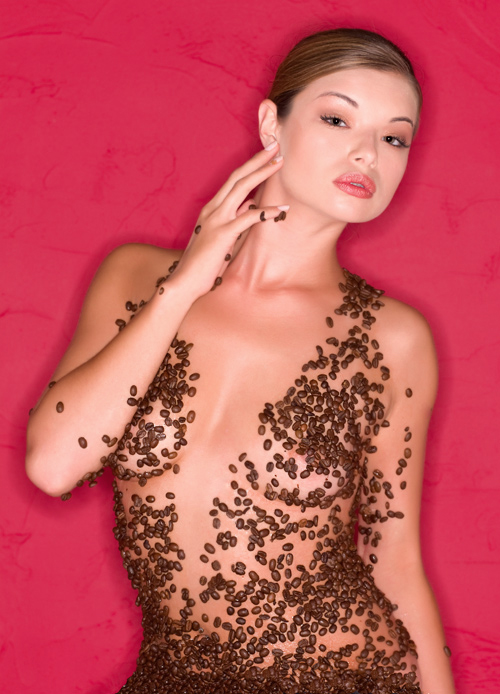
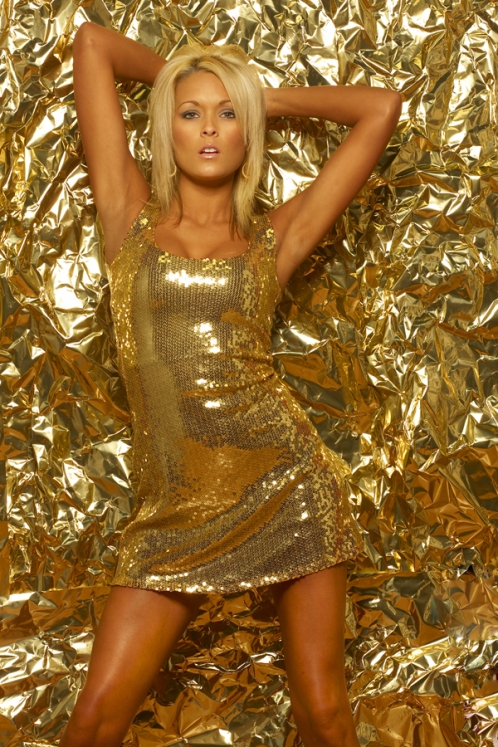
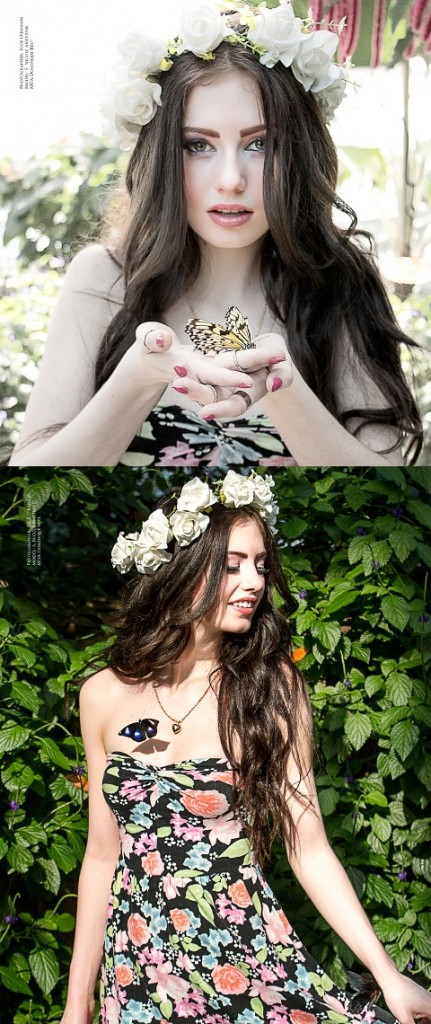
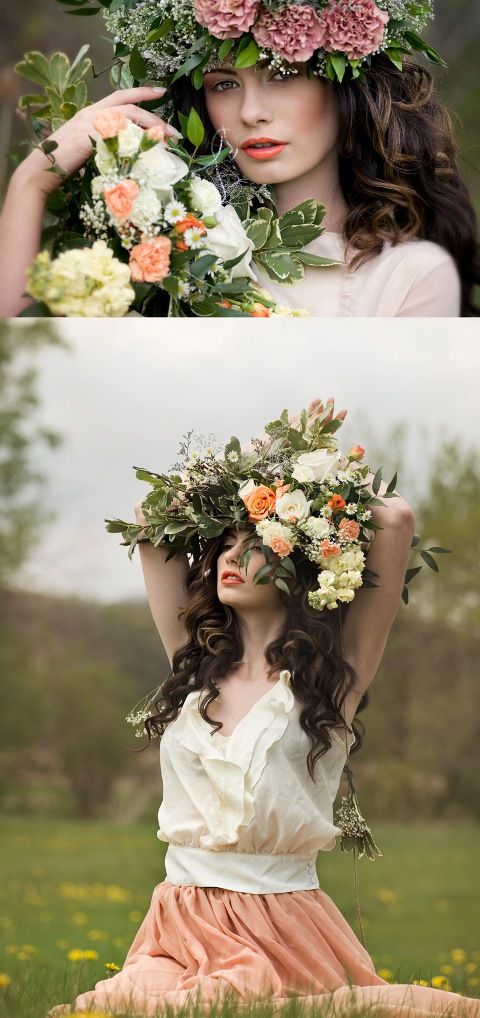
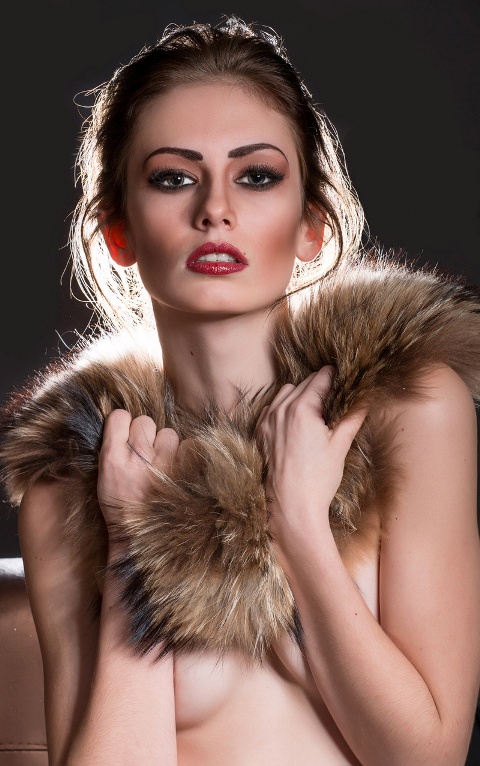
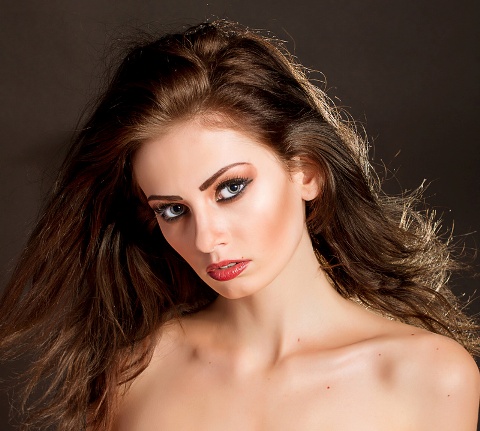
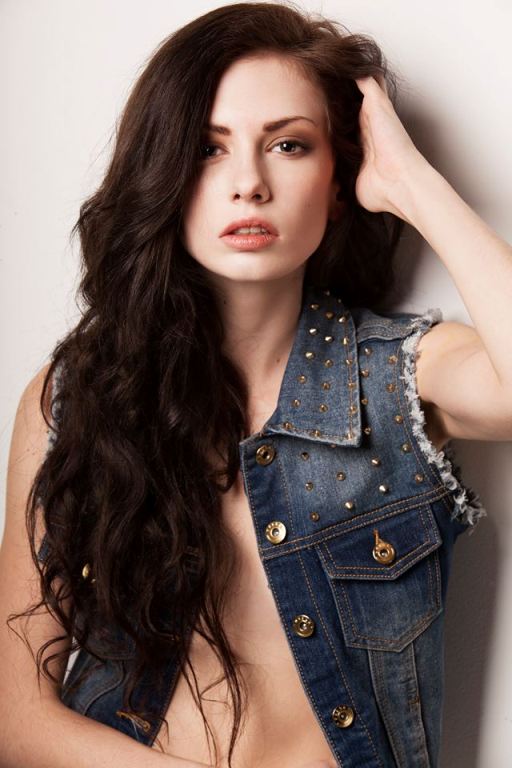
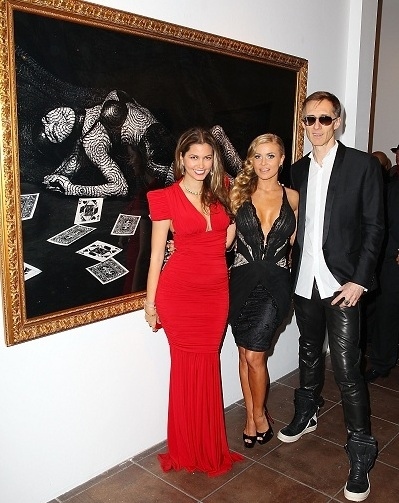
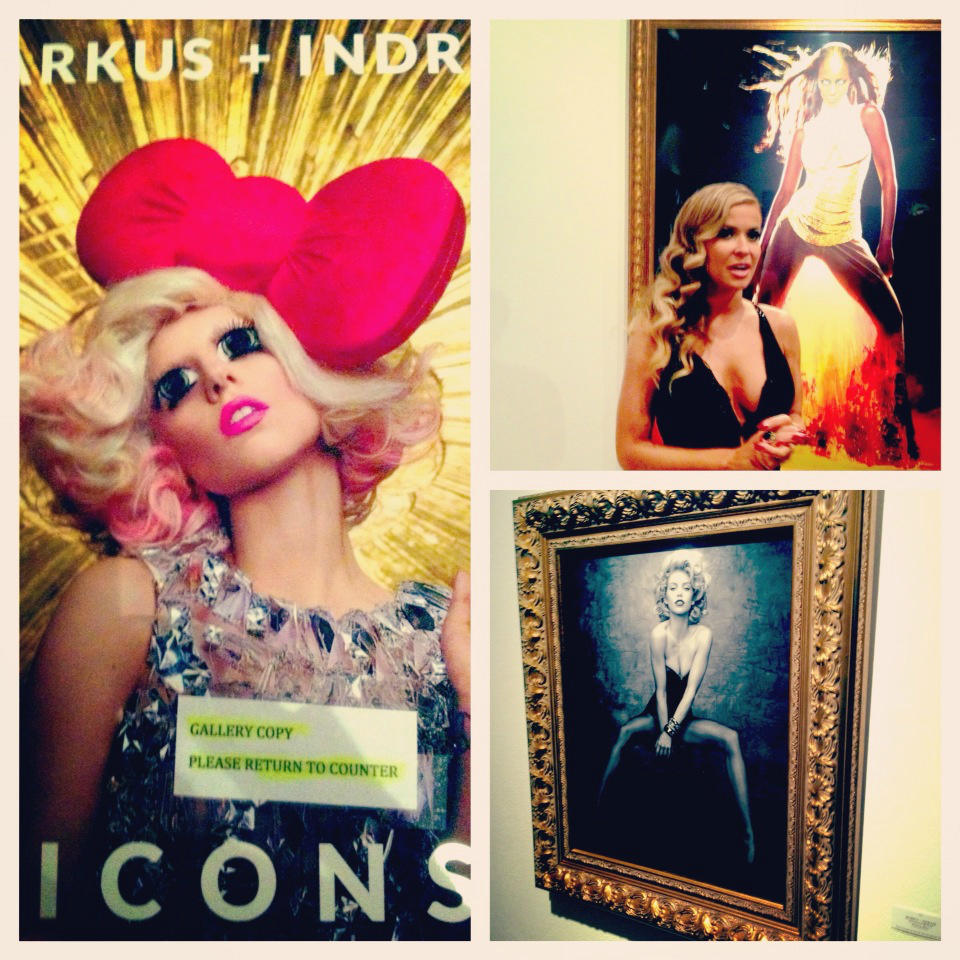
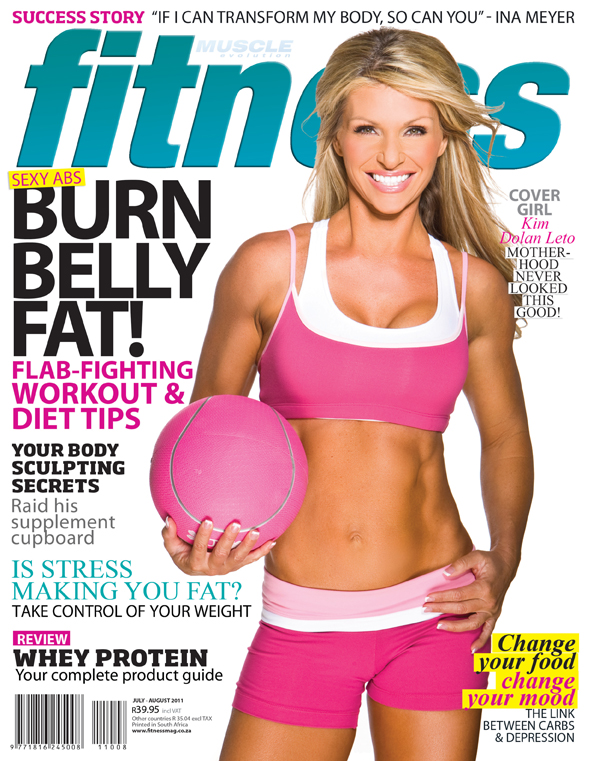
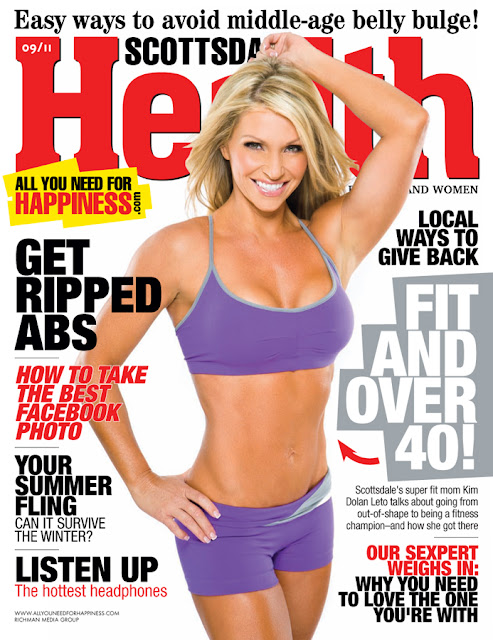

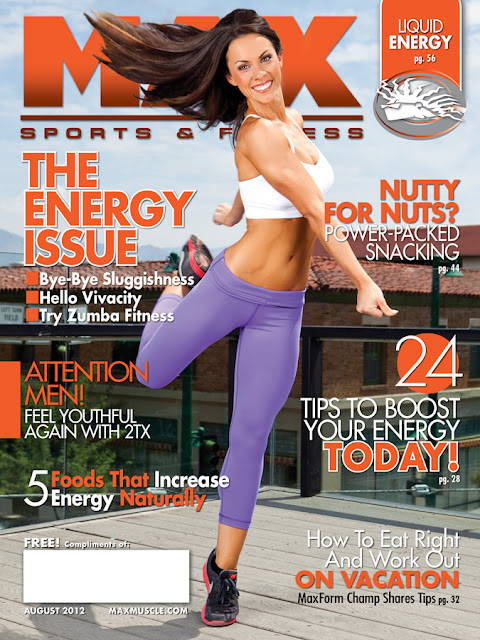
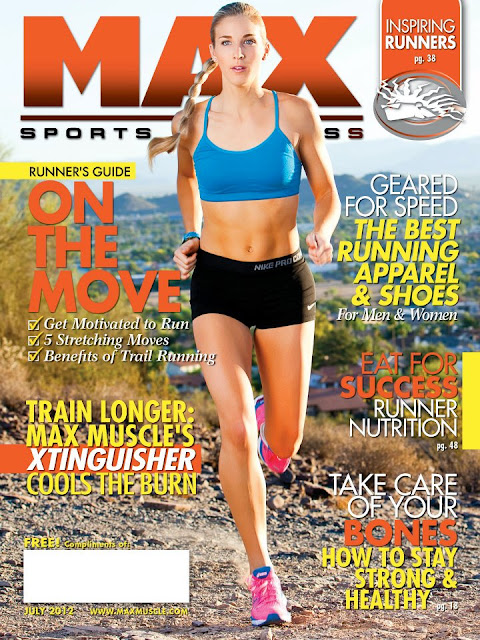













 =fashion,
=fashion,  =fitness,
=fitness,  &
&  =glamour, Inked Magazine=alternative, Sears Catalogue & Travel Brochures=commercial, and see what suits you based on a realistic assessment of your look. For example, I love sports and working out, have muscle tone, and I’m passionate about fitness so I primarily market myself as a bikini or fitness model.
=glamour, Inked Magazine=alternative, Sears Catalogue & Travel Brochures=commercial, and see what suits you based on a realistic assessment of your look. For example, I love sports and working out, have muscle tone, and I’m passionate about fitness so I primarily market myself as a bikini or fitness model.